PPR pipes are widely used in water supply systems, from family homes to public buildings. They’re popular for many reasons, but they also have some limits.
First, Let’s Talk About the Advantages of PPR Pipes
PPR pipes stand out because they solve many problems that old pipes (like iron pipes) have. Here are their key strengths:
- First, they connect tightly and rarely leak
PPR pipes mainly use “hot-melt connection”—this means heating the pipe and fitting until they soften, then joining them. If you follow the rules (like right heating time and temperature), the pipe and fitting will melt into one. After cooling, they form a smooth, even “edge” at the joint. This tight seal makes leaks much less likely, which is great for long-term water supply. - Second, their inner walls are smooth, so water flows easily
When checking PPR pipes before installation, workers look for smooth surfaces and even colors. This isn’t just for looks—their inner walls are also smooth, with no bumps or grooves. Water can flow through without getting stuck, which keeps the water pressure steady and reduces blockages. - Third, they’re flexible to install, fitting many places
PPR pipes can be laid in walls, underground, or along walls. For wall installation, you just seal the space around the pipe with fine cement mortar—this keeps the pipe stable. For underground laying, you can reduce the number of joints to lower leak risks. After installation, you can mark the pipe’s position with colored paint, so it won’t be damaged during later decoration. This flexibility makes them useful in homes, schools, and offices. - Fourth, they’re light, making carrying and installation easy
Unlike heavy metal pipes (like steel or copper pipes), PPR pipes are made of plastic. They’re so light that even a middle school student can lift a short section. Workers don’t need heavy tools to carry or install them, which saves time and effort. - Fifth, they resist corrosion, so they last long
Metal pipes (like iron pipes) often rust when in contact with water for a long time—rust can block pipes and dirty the water. PPR pipes don’t rust. They also don’t react with impurities in water, so they stay in good shape for years. This means you won’t have to replace them often.
However, PPR Pipes Also Have Some Disadvantages
While PPR pipes are useful, they have limits you need to know. These disadvantages mostly relate to how they react to temperature and installation rules:
- First, they stretch or shrink a lot with temperature changes
PPR pipes have a much higher “expansion coefficient” than metal pipes—this means when it’s hot, they get longer; when it’s cold, they get shorter, and the change is bigger. If you lay long PPR pipes outdoors (like along a wall), you can’t just lay them straight. You have to bend them into L-shapes or Z-shapes, and add special supports. Without these steps, the pipes might bend or crack. Even when laid in walls, you need cement mortar to hold them—otherwise, they could move. - Second, they’re bad at resisting UV light and age quickly in the sun
Long-term sun exposure makes PPR pipes brittle and old (this is called “aging”). If you install them in sunny places (like on a balcony or roof), you have to wrap them with anti-UV film or aluminum foil. If you forget this, the pipes might break after a few years. Even when storing PPR pipes before installation, you can’t leave them outside in the sun—you need to cover them. - Third, installation has no “second chance”—you can’t make mistakes
PPR pipes’ hot-melt connection only works once. If you heat the pipe too much, or insert it into the fitting incorrectly (like leaving a gap), the joint will be bad. You can’t fix it—you have to throw away that pipe and fitting, and start over. This means installers have to be very careful; one small mistake wastes materials and time. - Fourth, they can’t handle super high temperatures
While PPR pipes can carry hot water (many homes use them for hot water lines), they can’t stand extremely high temperatures. For example, if the water is hotter than 70°C for a long time, the pipe might soften and lose strength. Also, hot water pipes need a higher test pressure (2.0 times the working pressure, at least 1.5 MPa) to make sure they’re safe. This means they’re not suitable for places with very hot water (like some industrial sites).
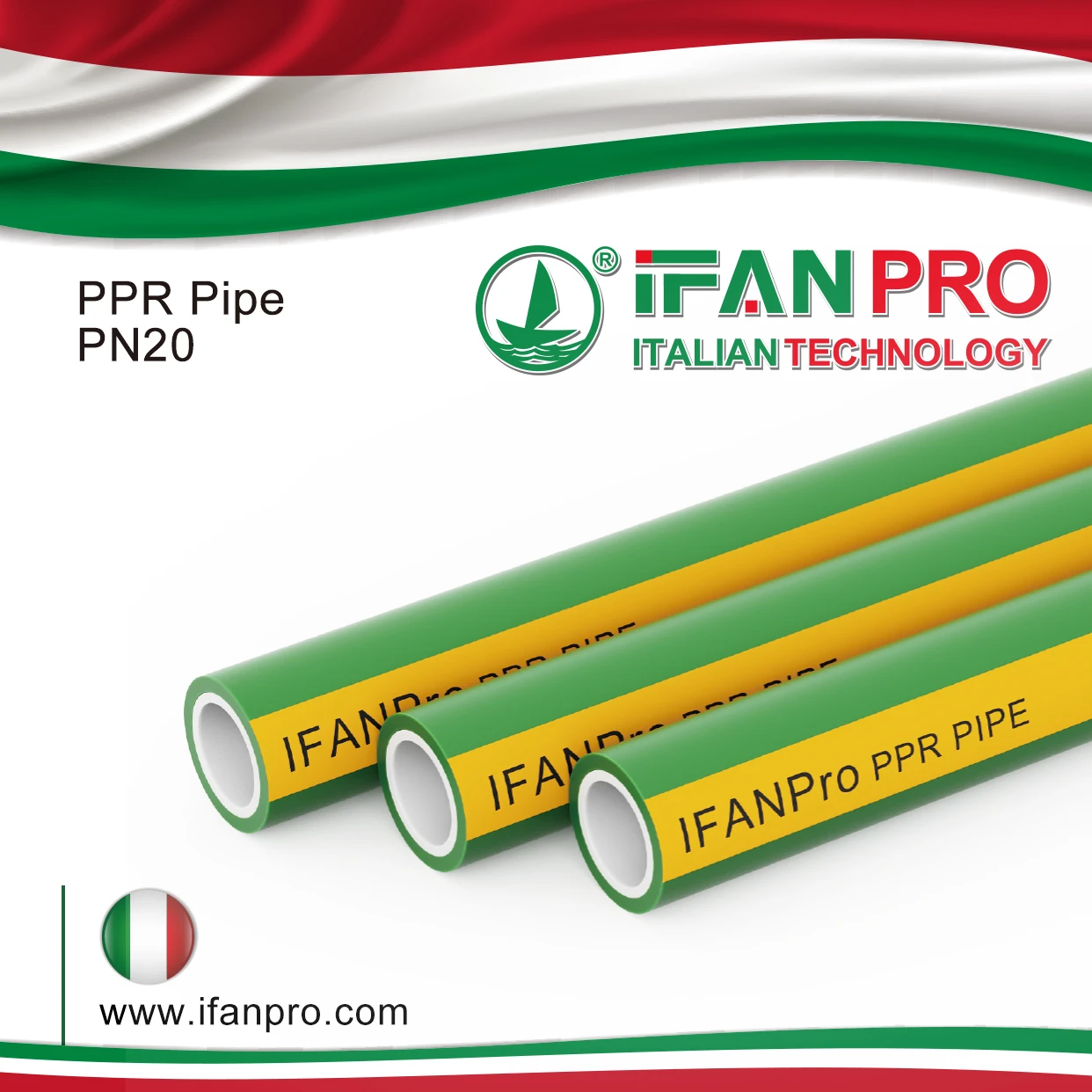
To Sum Up: How to Use PPR Pipes Well
PPR pipes are great for most daily water supply needs—like home cold and hot water lines, or school building pipes. To get the most out of them:
- Use them in shaded places (or add anti-UV protection) if they’re outdoors.
- Let professional installers do the work, to avoid mistakes with hot-melt connections.
- For long outdoor pipes, ask installers to add supports and bend them into L/Z shapes to handle temperature changes.
By knowing their advantages and disadvantages, you can choose and use PPR pipes wisely.


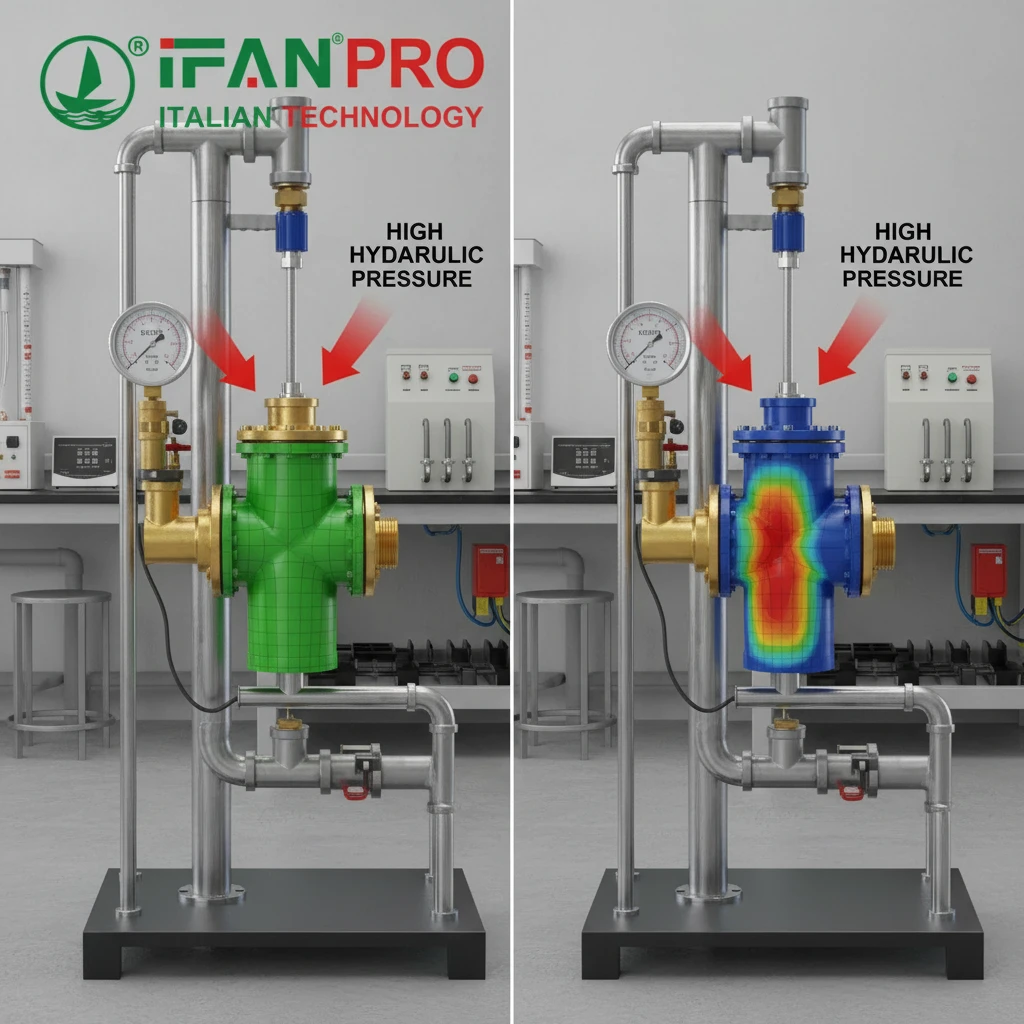

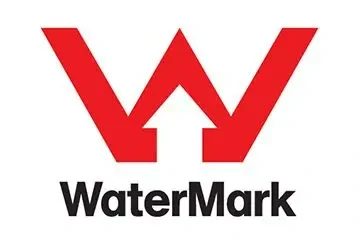

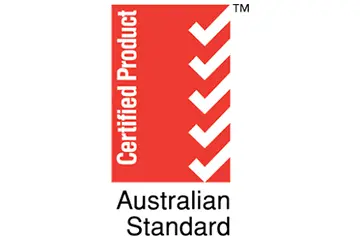
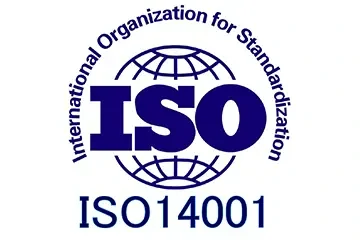
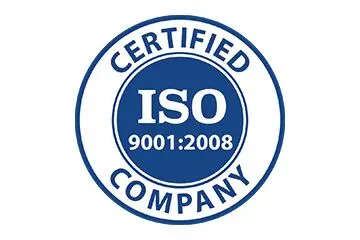
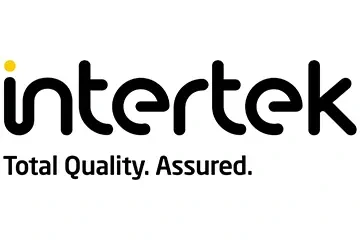
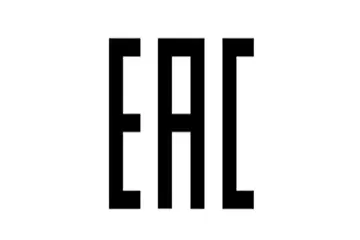
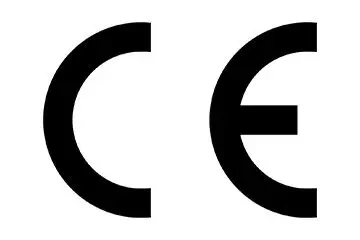
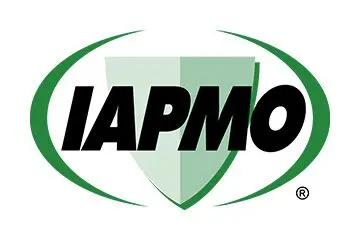
Recent Comments